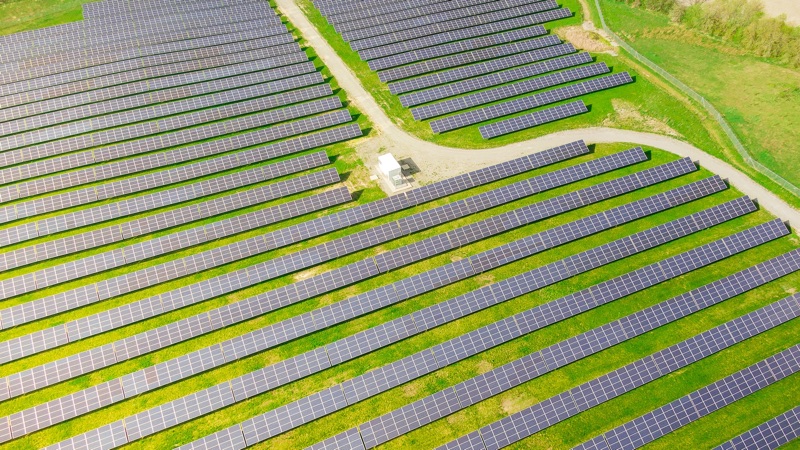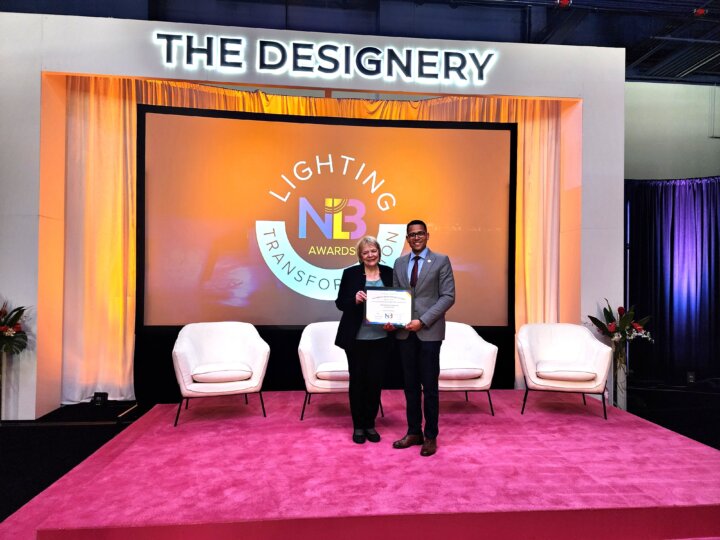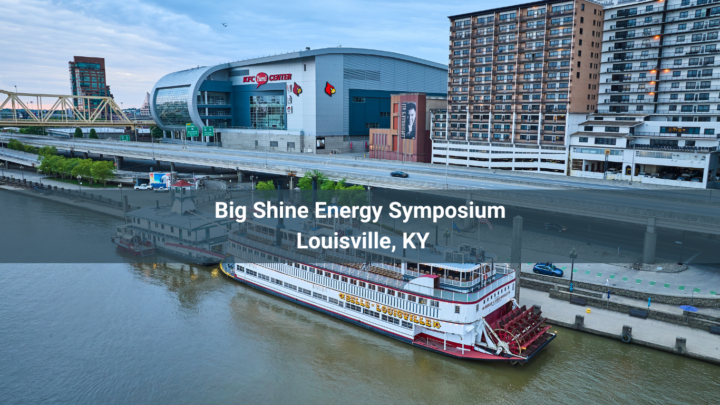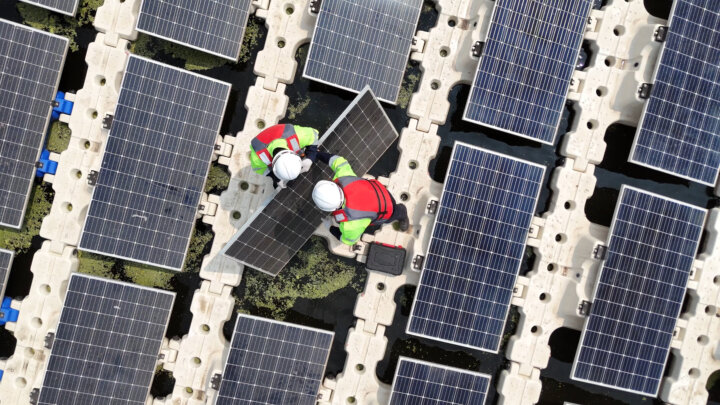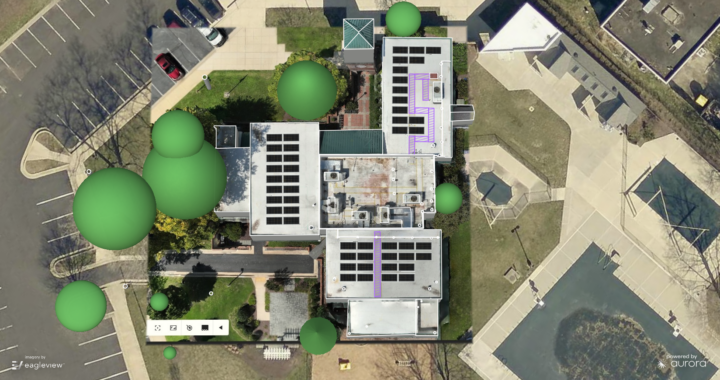At Big Shine Energy, we believe that every step of the renewable energy journey should be carefully planned and executed. That’s why we pay meticulous attention to the details of PV (photovoltaic) and ESS (energy storage system) designs, even in the preliminary phases. To ensure our clients have a clear understanding of the potential production and benefits of their system, we rely on cutting-edge software like Aurora. In this blog post, we will explore the significance of using Aurora for PV and ESS designs and how it empowers us to deliver optimal solutions tailored to our clients’ needs.
Lidar, how does it work?
One of the critical aspects of designing a PV or ESS system is accurately assessing the site’s conditions. This includes understanding any surrounding obstructions that may cast shadows and impact the system’s performance. With Aurora’s advanced lidar technology, we can precisely map out these obstructions and evaluate the potential shading effects on the system. By integrating this data into our designs, we can optimize the placement of panels and ensure maximum exposure to sunlight, enhancing the overall efficiency of the system.
Irradiance and how it impacts production?
Geographical location plays a vital role in determining the solar potential of a site. The amount of sunlight a location receives, known as irradiance, varies based on factors such as latitude, climate, and terrain. Aurora provides us with access to comprehensive solar irradiance data. This enables us to accurately evaluate the solar potential of a given location. We fine-tune the design, optimize the system’s capacity, and ensure that our clients reap the maximum benefits from their solar investment.
Loss Factors and Accuracy
In addition to considering the environmental factors, we understand that accounting for various loss factors is crucial for an accurate and reliable design. Factors such as soiling (accumulation of dirt and debris on panels) and module degradation over time can significantly impact system performance. With Aurora’s robust modeling capabilities, we incorporate these loss factors into the preliminary design phase, providing our clients with realistic production estimates. By accounting for these factors upfront, we can set clear expectations and help our clients make informed decisions regarding their renewable energy investments.
At Big Shine Energy, we are committed to delivering high-quality PV and ESS solutions tailored to our clients’ specific needs. By harnessing the power of Aurora’s advanced software, we ensure precise calculations, detailed shade analysis, and accurate production estimates. Our experienced team of experts utilizes Aurora to provide comprehensive and transparent designs. This gives our clients a clear understanding of the potential benefits of their renewable energy system.
Ready to embark on your renewable energy journey? Contact Big Shine Energy today to learn more about our cutting-edge PV and ESS designs powered by Aurora. Together, let’s harness the full potential of solar energy and pave the way to a brighter, greener future.
